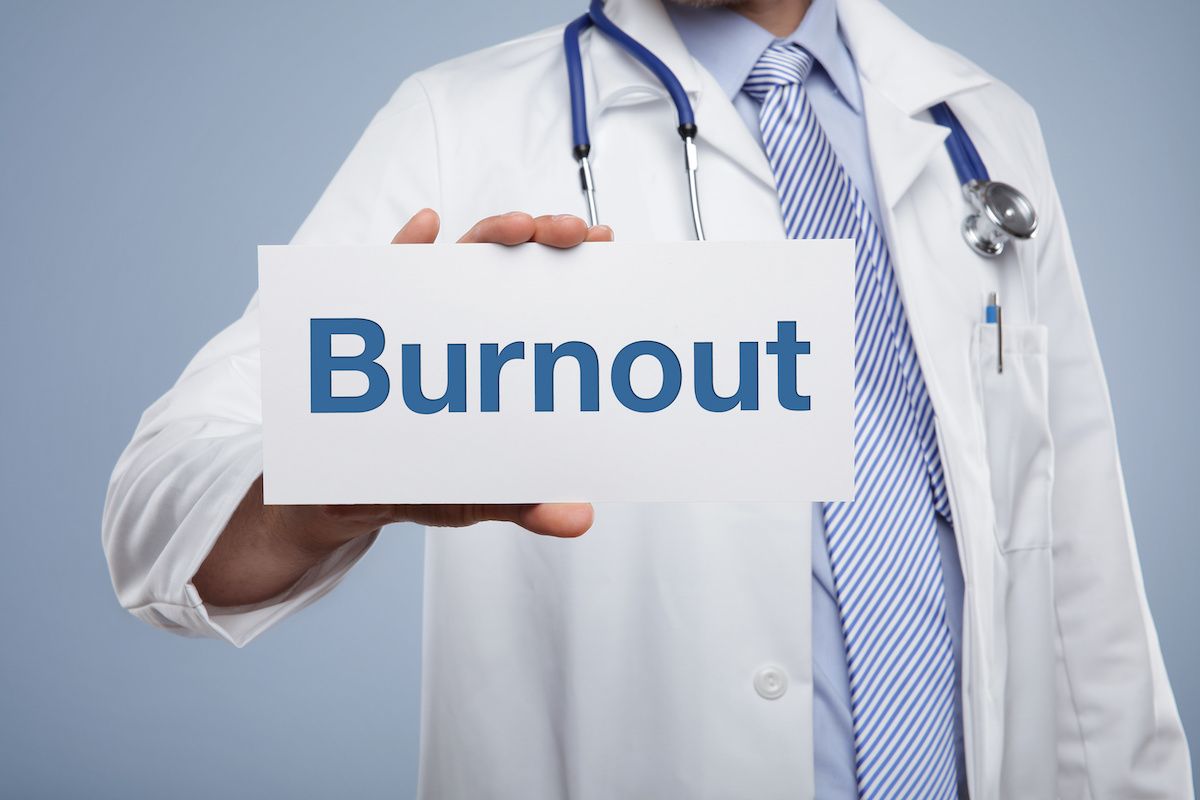Article
Making meds affordable
If a patient can't pay for his prescription drugs, it can undermine your treatment. Here's how to help.
A week after she'd won an Oscar for 1999's Boys Don't Cry, Hilary Swank brought a prescription in to be filled at her local pharmacy. She was surprised to learn that her insurance wouldn't cover the $280 cost. Apparently, as Swank explained in a 60 Minutes interview last year, in order to qualify for benefits, her insurer required minimum annual earnings of $5,000. Swank had only made $3,000 that year on the low-budget but critically acclaimed film.
Chances are many of your patients-and not a movie star among them-have had a problem like the one Hilary Swank ran into. More than 60 million people in the US either have no health insurance or coverage that's so inadequate they can't meet their healthcare expenses. Often, that means they cut back on medications, or forgo them altogether.
"A woman brought in her 8-year-old son for a bed-wetting problem," recalls urologist Sivaprasad D. Madduri of Poplar Bluff, MO. "When I saw the child three months later for a check-up, the mother told me that she couldn't afford the medication I had prescribed. I found out they didn't qualify for insurance and had to pay out of pocket. Instead of charging her for the visit, I told her to use the money to buy the medicine.
Whether a patient is young or old, finely attired or shabbily dressed, employed or jobless, celebrated or not, you can't judge by appearances whether she has the means to fill the prescriptions you write. In fact, some 41 percent of working-age, moderate-to-middle-income Americans lacked health insurance for at least some part of the past year.
Even those who have insurance sometimes skip needed treatment for financial reasons. One study confirmed that patients paying more than $20 for each month's supply of a statin were three times more likely to fall behind on their prescription and four times more likely to stop altogether than those whose copay was under $10. And, at least so far, Medicare's new prescription drug program hasn't helped in many cases; in fact, it's increased out-of-pocket costs for one in five participants, resulting in a reduction or elimination of their medications.
Since affordability is a sensitive subject, doctors generally don't ask and patients often don't volunteer to tell. "The only way to zero in on who they are is to ask," says cardiologist Michael P. Cecil of Covington, GA, author of Drugs for Less (Hatherleigh Press, 2005). "Make it a part of your usual litany of questions to ask 'Are you able to pay for your prescription medicines?' "
"If I don't give some of my patients the samples I get from the pharmaceutical companies, they'll go untreated," says FP Patricia J. Roy, of Muskegon, MI. However, while freebies can be a wallet cure-all when it comes to a one-shot course of treatment, they won't help as much with ongoing therapy. For chronic or frequently recurring conditions, there are better, long-term answers when medication proves a bitter-and pricey-pill to swallow . . .
Split the difference
Patients will sometimes split pills on their own to make a prescription go twice as far. Let them know when this is okay. "Splitting a 20-mg pill to get two 10-mg doses makes sense, especially in the case of drugs used to treat high blood pressure and elevated cholesterol levels," says Cecil. "It's very easy to measure clinical efficacy when you can see whether a number is lower, as in the case with, say, LDL."





